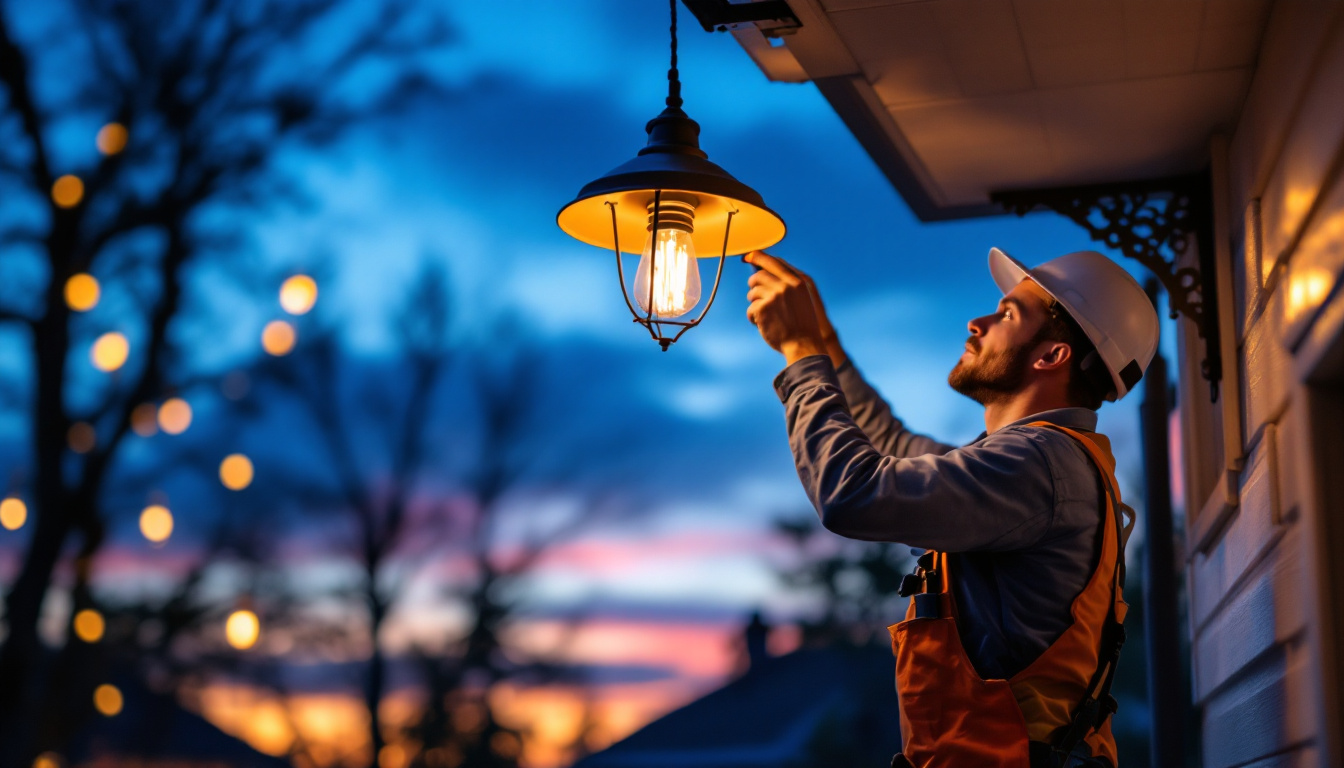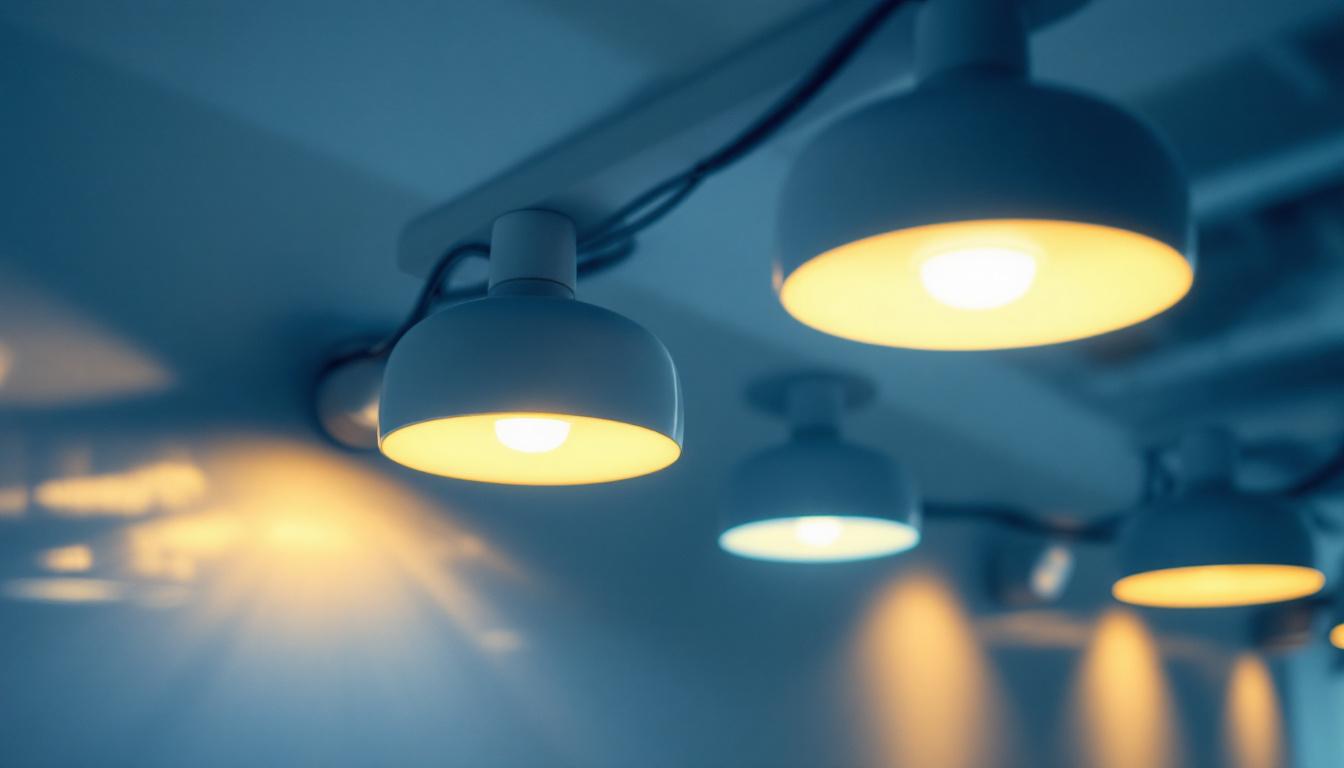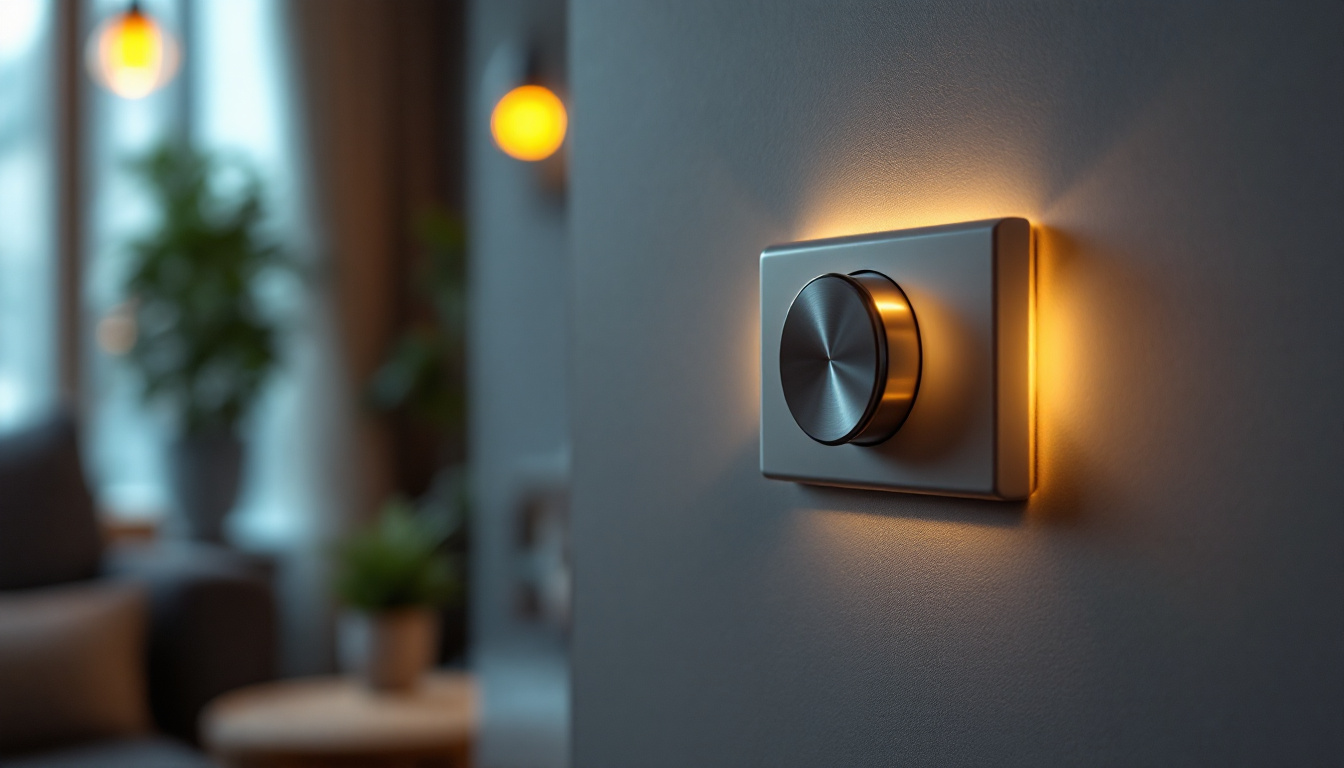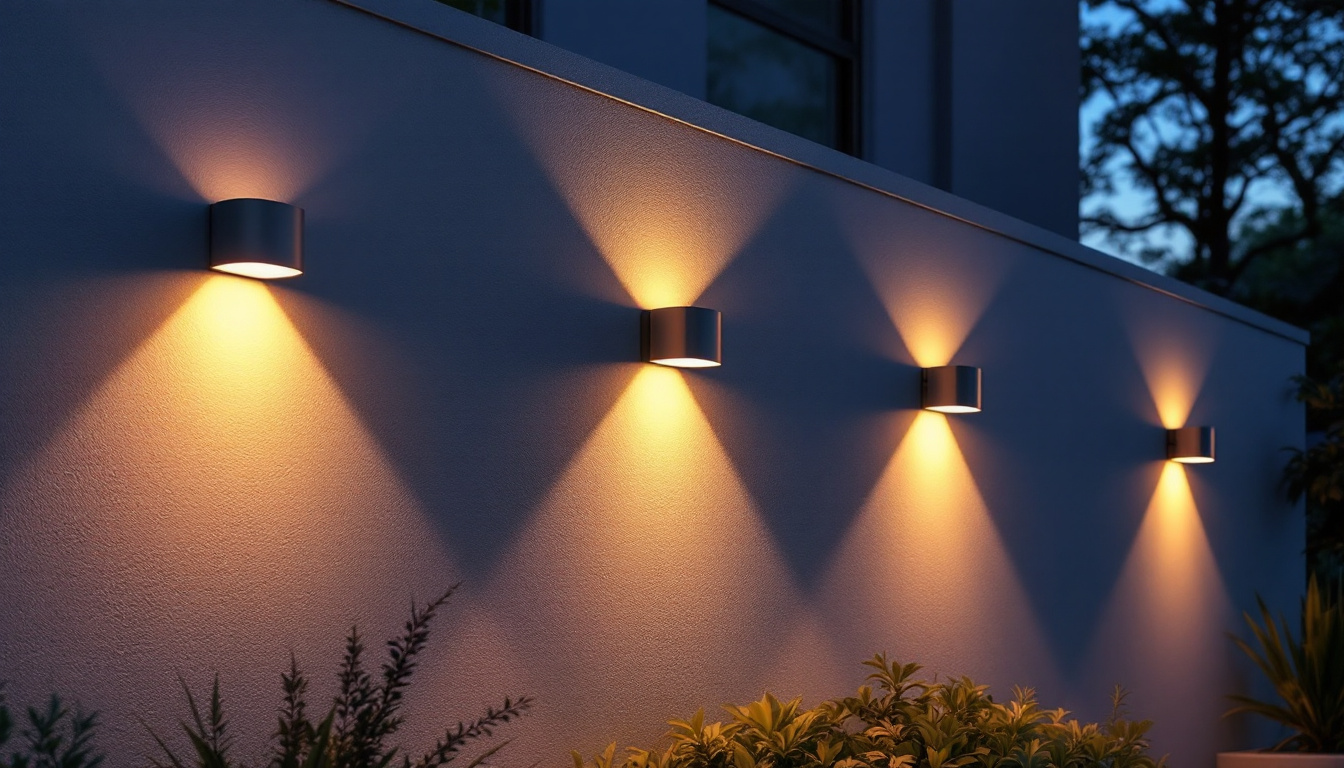
As the demand for outdoor lighting solutions continues to grow, lighting contractors must stay ahead of the curve. Hanging exterior lights not only enhance the aesthetic appeal of a property but also provide safety and security. This article offers essential tips for lighting contractors to master the art of hanging exterior lights, ensuring that installations are both functional and visually pleasing.
Before diving into the specifics of hanging exterior lights, it is crucial for lighting contractors to grasp the fundamental principles of outdoor lighting. The right lighting can transform a space, highlighting architectural features and creating inviting atmospheres. Outdoor lighting not only enhances aesthetics but also plays a vital role in safety and security, illuminating pathways and entryways to prevent accidents and deter intruders.
Hanging exterior lights come in various styles and designs, each serving a different purpose. Common types include pendant lights, lanterns, and chandeliers. Understanding these types is essential for selecting the right fixture for a particular setting. Each type of hanging light can evoke a different ambiance; for instance, a modern pendant light can lend a contemporary touch to a sleek patio, while a vintage lantern can evoke nostalgia and charm in a garden setting.
Pendant lights are often used in covered porches or patios, providing direct illumination while adding a decorative touch. They can be found in a variety of materials, including metal, glass, and even natural fibers, allowing for customization to match the overall design theme. Lanterns, on the other hand, can be hung from trees or hooks, offering a more rustic feel. They often come in designs that mimic traditional oil lamps, creating a warm glow that enhances outdoor gatherings. Chandeliers, typically used in larger outdoor spaces, can create a dramatic focal point. These fixtures can be adorned with crystals or intricate metalwork, making them not just sources of light, but also stunning pieces of art that elevate the outdoor experience.
The placement of hanging exterior lights is critical for achieving the desired effect. Consideration should be given to the function of the space, the height of the fixtures, and the surrounding environment. For example, lights hung too low may obstruct views or create hazards, while those hung too high may fail to provide adequate illumination. Additionally, the direction of the light is important; fixtures that cast light downward can create a cozy atmosphere, while upward-facing lights can highlight trees or architectural features, adding depth to the landscape.
It is also important to consider the proximity to power sources. Ensuring that fixtures are within reach of electrical outlets can simplify installation and reduce the need for extensive wiring. Moreover, utilizing solar-powered options can be an eco-friendly alternative, especially in areas where running electrical lines may be challenging. When planning the layout, it is beneficial to visualize how the lighting will interact with the natural elements, such as plants and water features, to create a harmonious outdoor environment that invites relaxation and enjoyment.
Proper installation is key to ensuring the longevity and effectiveness of hanging exterior lights. Lighting contractors should adhere to best practices to avoid common pitfalls during the installation process.
Before installation begins, it is essential to prepare the site thoroughly. This involves assessing the area for potential obstacles, such as tree branches or existing structures, that may interfere with the light’s placement. Additionally, contractors should ensure that the surface where the fixture will be mounted is stable and secure.
Marking the installation points accurately is also crucial. Using a level can help ensure that the lights are hung evenly, contributing to a polished final appearance. Furthermore, it’s beneficial to consider the overall design and aesthetic of the space. For instance, the height at which lights are hung can dramatically affect the ambiance; lower lights may create a cozy atmosphere, while higher placements can illuminate broader areas. Taking the time to visualize the layout can lead to a more harmonious integration of lighting with the surrounding environment.
Electrical safety is paramount when installing hanging exterior lights. Contractors must adhere to local codes and regulations, ensuring that all wiring is properly insulated and protected from the elements. Using weatherproof connectors and junction boxes can help safeguard against moisture and corrosion.
Additionally, it is advisable to use low-voltage lighting systems in outdoor settings. These systems are safer and more energy-efficient, providing ample illumination without the risk of electrical shock. To enhance the functionality of the lighting, incorporating smart technology can be a game-changer. Smart outdoor lighting systems allow for remote control and scheduling, enabling homeowners to adjust brightness levels or set timers for when lights should turn on or off. This not only adds convenience but also contributes to energy savings, as lights can be programmed to operate only when needed, reducing unnecessary energy consumption.
A well-thought-out lighting layout can significantly enhance the overall ambiance of an outdoor space. Lighting contractors should consider the interplay of light and shadow, as well as the intended use of the area when designing the layout.
Layering different types of lighting—ambient, task, and accent—can create a dynamic and inviting atmosphere. Ambient lighting provides overall illumination, while task lighting focuses on specific areas, such as pathways or seating areas. Accent lighting highlights architectural features or landscaping elements, adding depth and interest to the design.
For hanging exterior lights, it is beneficial to mix and match fixture types. For instance, combining pendant lights with wall-mounted sconces can create a balanced look, ensuring that all areas are adequately lit without overwhelming the space.
Incorporating dimmers and smart controls into the lighting design allows for greater flexibility and customization. Dimmers enable users to adjust the brightness according to their needs, while smart controls can automate lighting schedules or integrate with home automation systems.
Lighting contractors should educate clients on the benefits of these technologies, emphasizing how they can enhance the functionality and energy efficiency of outdoor lighting systems.
Even the best-installed hanging exterior lights may require maintenance over time. Lighting contractors should provide clients with guidance on how to care for their fixtures to ensure longevity and optimal performance.
Regular cleaning is essential for maintaining the appearance and functionality of hanging exterior lights. Dust, dirt, and debris can accumulate on fixtures, diminishing their brightness and aesthetic appeal. Contractors should recommend a cleaning schedule, emphasizing the importance of using non-abrasive materials to avoid damaging the finish.
Additionally, periodic inspections can help identify potential issues before they escalate. Checking for loose connections, rust, or signs of wear can prevent costly repairs down the line.
Even with proper care, problems may arise with hanging exterior lights. Contractors should be prepared to troubleshoot common issues, such as flickering lights, inconsistent brightness, or complete outages. Often, these problems can be traced back to faulty wiring, blown bulbs, or issues with the power source.
Providing clients with a basic understanding of troubleshooting can empower them to address minor issues independently, enhancing their overall satisfaction with the lighting system.
Hanging exterior lights play a significant role in enhancing a property’s curb appeal. Lighting contractors should consider the architectural style of the home and the surrounding landscape when selecting fixtures and designing the lighting layout.
The style of hanging exterior lights should complement the overall aesthetic of the property. For traditional homes, classic lanterns or ornate chandeliers may be appropriate, while modern homes may benefit from sleek, minimalist designs. Understanding the client’s preferences and the architectural features of the home can guide the selection process.
It is also essential to consider the color temperature of the bulbs used in hanging fixtures. Warmer temperatures create a cozy, inviting atmosphere, while cooler temperatures can lend a more contemporary feel. Balancing these elements can significantly enhance the visual appeal of the property.
In addition to illuminating the home itself, hanging exterior lights can be used to highlight landscape features. Strategically placing lights near trees, shrubs, or garden beds can create a captivating nighttime scene. This not only enhances the beauty of the landscape but also increases safety by illuminating potential hazards.
Contractors should work closely with clients to identify key landscape features that they wish to highlight, ensuring that the lighting layout complements the natural beauty of the outdoor space.
Hanging exterior lights offer lighting contractors a unique opportunity to enhance outdoor spaces while providing safety and security. By mastering the essential tips outlined in this article, contractors can ensure that their installations are not only functional but also aesthetically pleasing.
From understanding the basics of exterior lighting to implementing effective installation techniques and designing captivating layouts, the knowledge gained will empower contractors to elevate their craft. As the demand for outdoor lighting solutions continues to grow, staying informed and adaptable will be key to success in this dynamic field.
By focusing on quality, design, and maintenance, lighting contractors can create stunning outdoor environments that leave a lasting impression on clients and their guests alike.
Ready to take your outdoor lighting projects to the next level? At LumenWholesale, we provide lighting contractors like you with the highest quality, spec-grade lighting products at unbeatable wholesale prices. Say goodbye to local distributor markups and hello to a vast selection of reliable, high-performance lighting that meets the strictest industry standards. With free shipping on bulk orders, you can stock up on the best lighting solutions without worrying about hidden fees or compromises. Elevate your lighting installations with the perfect blend of quality, affordability, and convenience. Discover Wholesale Lighting at the Best Value today and leave a lasting impression on every outdoor space you illuminate.

Discover how Light Control Motion Sensors boost lighting efficiency and profitability.

Explore how dimmer light switches are revolutionizing the lighting industry and impacting contractors’ profitability.

Discover essential insights and practical tips for lighting contractors on effectively using foot-candles to enhance project outcomes.

Illuminate your understanding of outside wall mount lights with this insightful article tailored for lighting contractors.